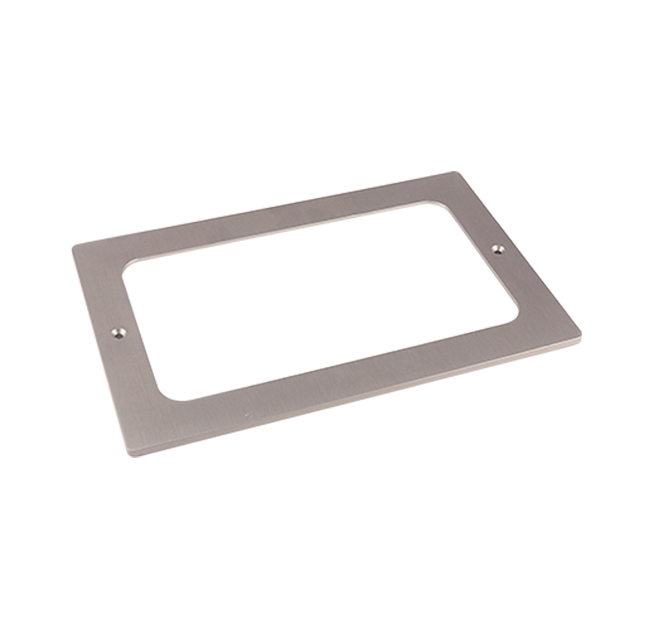Time:2025-07-19 Views:0 source:CNC Machining customization source:CNC Machining news

The integration of CNC (Computer Numerical Control) machining and 3D printing represents a groundbreaking synergy in modern manufacturing, combining the precision of subtractive manufacturing with the design freedom of additive manufacturing. This hybrid approach addresses the limitations of each technology individually, enabling the production of complex, high-quality parts that were previously unachievable.
3D printing, an additive process, builds parts layer by layer from materials like plastics, metals, or composites, allowing for intricate geometries such as internal cavities, lattice structures, and organic shapes. However, 3D-printed parts often require post-processing to achieve tight tolerances, smooth surface finishes, or precise dimensional accuracy. This is where CNC machining steps in: as a subtractive process, it removes material from a workpiece using cutting tools, refining the part to meet exact specifications.
In practice, the fusion workflow typically begins with 3D printing a near-net-shape part, which is then transferred to a CNC machine for finishing operations. For example, in aerospace manufacturing, a titanium component might be 3D printed to reduce material waste and create complex internal channels, followed by CNC milling to achieve critical surface finishes on mating surfaces. This combination reduces production time by minimizing material removal in CNC stages while leveraging 3D printing’s efficiency in creating complex forms.
Moreover, hybrid machines that integrate both technologies into a single system are emerging, allowing seamless transitions between additive and subtractive processes. These systems use the same computer-aided design (CAD) model, ensuring dimensional consistency and reducing setup times. The result is parts with the design flexibility of 3D printing and the precision of CNC machining, making the fusion technology invaluable in industries such as medical device manufacturing, automotive prototyping, and custom tooling production.
Read recommendations:
Sealing ring Precision electronic parts
Housing components for recessed downlights Precision electronic parts
Oval Magnetic Hardware Precision electronic parts
CNC Machining Dimension Accuracy
CNC processing factory - Meeting customers' strict requirements for precision